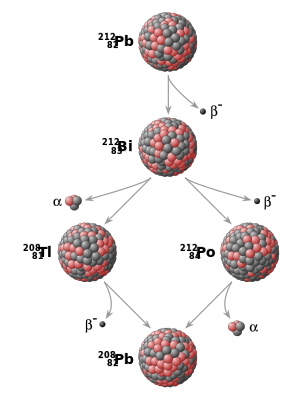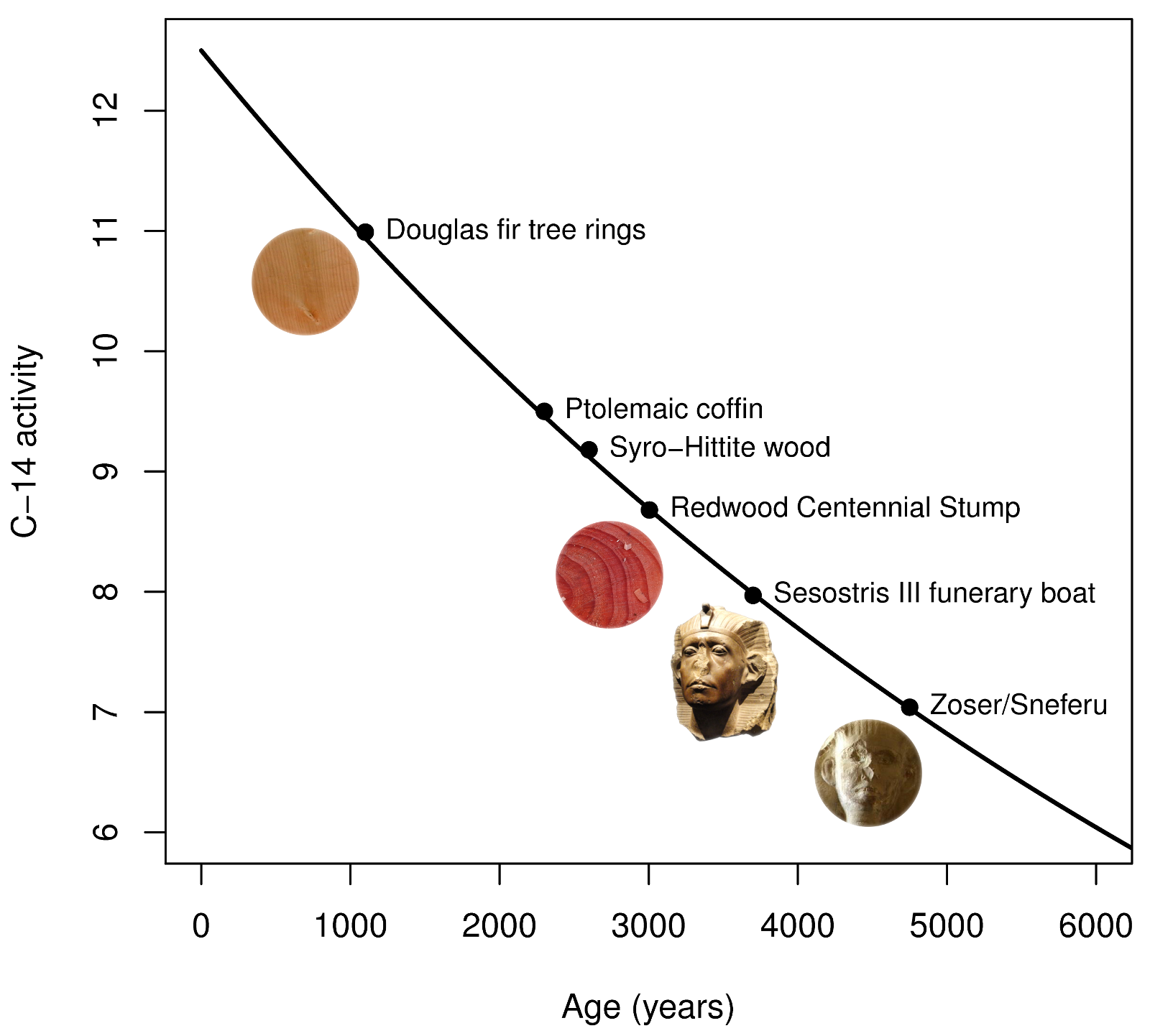Related Questions How is carbon dating used to determine the age of archaeological specimens?
Creationists, which scientific dating methods are wrong..? Radio Metric Dating Methods - are they reliable? How did scientists figure out the dates that organisms evolved?
Navigation menu
A creationist has brought 2 problems to my attention. Looking for evolutionist explanation? Answer Questions Why are theoretical calculations useful for verifying experimental results?
- martin barba dating?
- What is Radiocarbon Dating?.
- Carbon Dating.
- Radiocarbon dating;
Do I need organic chemistry? Have any good chemistry jokes? Is organic chemistry the study of how fast a flammable liquid burns? What to say about water?

Iron redox reaction in stomach? Is vitamin c toxic? Archaeology and other human sciences use radiocarbon dating to prove or disprove theories.
- carbon dating.
- italy dating customs?
- What is the difference between carbon dating and uranium dating?;
Over the years, carbon 14 dating has also found applications in geology, hydrology, geophysics, atmospheric science, oceanography, paleoclimatology and even biomedicine. Radiocarbon, or carbon 14, is an isotope of the element carbon that is unstable and weakly radioactive. The stable isotopes are carbon 12 and carbon Carbon 14 is continually being formed in the upper atmosphere by the effect of cosmic ray neutrons on nitrogen 14 atoms. It is rapidly oxidized in air to form carbon dioxide and enters the global carbon cycle.
Plants and animals assimilate carbon 14 from carbon dioxide throughout their lifetimes. When they die, they stop exchanging carbon with the biosphere and their carbon 14 content then starts to decrease at a rate determined by the law of radioactive decay. Radiocarbon dating is essentially a method designed to measure residual radioactivity. By knowing how much carbon 14 is left in a sample, the age of the organism when it died can be known.
It must be noted though that radiocarbon dating results indicate when the organism was alive but not when a material from that organism was used. There are three principal techniques used to measure carbon 14 content of any given sample— gas proportional counting, liquid scintillation counting, and accelerator mass spectrometry. Gas proportional counting is a conventional radiometric dating technique that counts the beta particles emitted by a given sample.
Carbon dating
Beta particles are products of radiocarbon decay. In this method, the carbon sample is first converted to carbon dioxide gas before measurement in gas proportional counters takes place. Liquid scintillation counting is another radiocarbon dating technique that was popular in the s. In this method, the sample is in liquid form and a scintillator is added.
Radiometric dating - Wikipedia
This scintillator produces a flash of light when it interacts with a beta particle. A vial with a sample is passed between two photomultipliers, and only when both devices register the flash of light that a count is made.
- christian dating guidelines rules?
- .ru dating sites?
- Radiometric dating;
- Categories.
- lowrance elite 3x hook up?
- heidi dating bodyguard?
- christian gay dating sites free?
Accelerator mass spectrometry AMS is a modern radiocarbon dating method that is considered to be the more efficient way to measure radiocarbon content of a sample. In this method, the carbon 14 content is directly measured relative to the carbon 12 and carbon 13 present. The method does not count beta particles but the number of carbon atoms present in the sample and the proportion of the isotopes.
How Does Carbon Dating Work
Not all materials can be radiocarbon dated. Most, if not all, organic compounds can be dated. Samples that have been radiocarbon dated since the inception of the method include charcoal , wood , twigs, seeds , bones , shells , leather, peat , lake mud, soil , hair, pottery , pollen , wall paintings, corals, blood residues, fabrics , paper or parchment, resins, and water , among others. Physical and chemical pretreatments are done on these materials to remove possible contaminants before they are analyzed for their radiocarbon content.
The radiocarbon age of a certain sample of unknown age can be determined by measuring its carbon 14 content and comparing the result to the carbon 14 activity in modern and background samples. The principal modern standard used by radiocarbon dating labs was the Oxalic Acid I obtained from the National Institute of Standards and Technology in Maryland.
